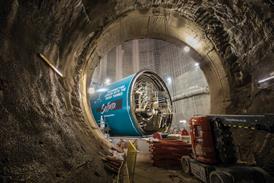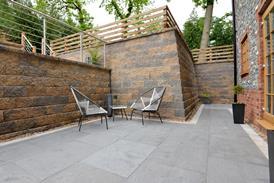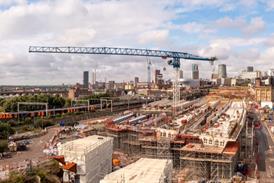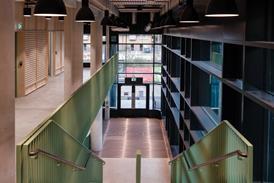Few projects have inflamed passions more than the 2012 Olympics. The process of marrying the aspirational and the practical has put some sectors of the industry and the Olympic Delivery Authority (ODA) at each otherвАЩs throats.
The ODA is caught between a rock and a hard place. On one side are the design professionals, who see 2012 as a once-in-a-lifetime opportunity for British architecture to lay out its wares before an admiring world. On the other are the politicians. Gordon Brown reiterated last week that the Games must be built within their ¬£9.35bn budget. The consequence is that Zaha HadidвАЩs aquatic centre is being trimmed back for a second time as contractors insist it canвАЩt be built for the money available.
Can the two sides be reconciled? The ODA has clearly been stung by Richard RogersвАЩ criticism that it doesnвАЩt give two hoots about architecture, although in hindsight it laid itself open to this attack by failing to appoint a design champion to its board. But isnвАЩt it time that the architects learned a little realpolitik? Naively, the ODA has been shocked by how difficult itвАЩs been to get firms to bite. Contractors will no longer take on a job purely for the glory. If they arenвАЩt reimbursed for their risk, they wonвАЩt take it on. And as well as the engineering risk of tackling an ambitious design, there is the commercial risk of sourcing the materials to build it. See '' if you need to be convinced of how daunting those are.
The British public will crucify any politician who uses their money to buy a white elephant вАУ weвАЩre a nation whose greatest pleasure is finding a bargain in Primark, remember. And remember, too, that London already has wonderful backdrops for many events, from Greenwich park to Horse Guards Parade.
Architects are the first to say good design doesnвАЩt have to cost the earth. WeвАЩd like haute couture, of course, but if some venues are off the peg it doesnвАЩt mean we wonвАЩt get attractive buildings or enjoy the events they host. The ODA is launching its design strategy today. LetвАЩs hope it вАШll bring the architects onside.
Denise Chevin, editor
A simple solution to a difficult problem
The industry has produced some prototype solutions to the zero-carbon problem. On display at BRE are five homes that achieve a variety of Code for Sustainable Homes ratings, including the all-important level six. But qualifying for stamp duty relief is harder. This is because the government is insisting on a very demanding minimum standard for heat loss through the building fabric and ventilation system. This means only one of the BRE homes qualifies, and only one other could do so without modifying the building fabric and ventilation system. If the government is serious about encouraging housebuilders to build zero-carbon homes now, it needs to keep it simple and make the tax relief threshold level six of its own code.



























No comments yet